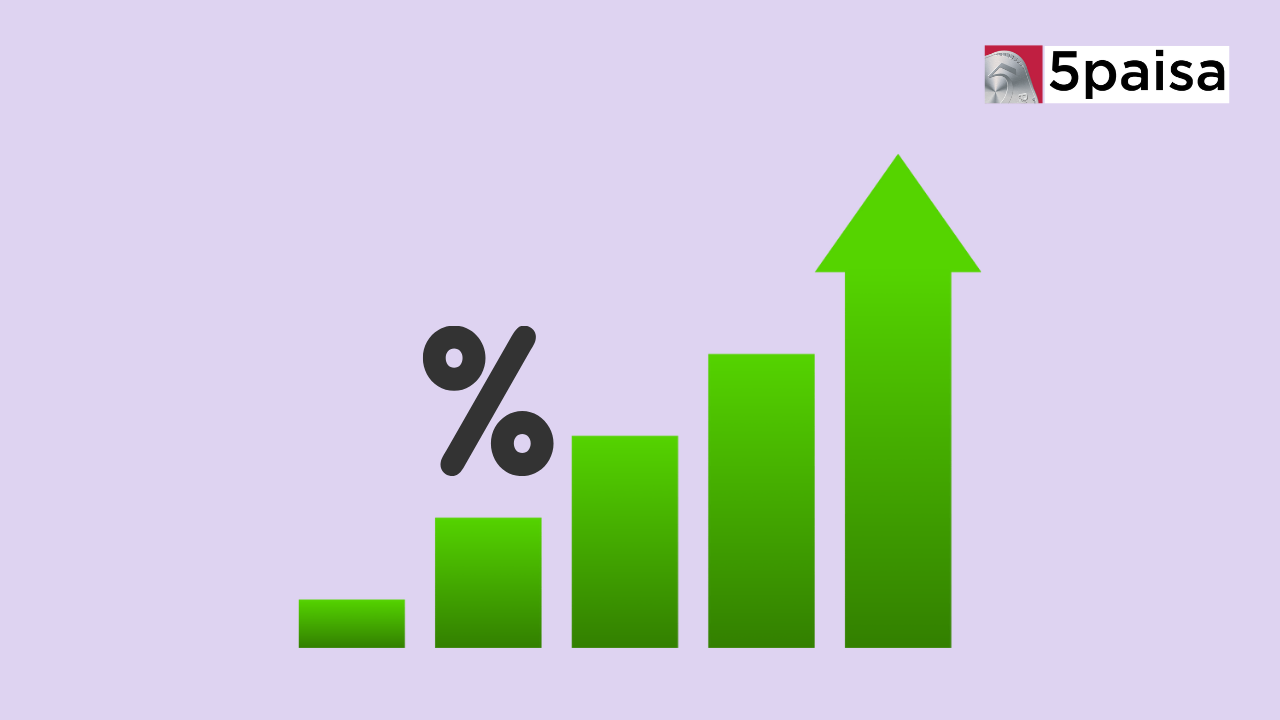Top New Year Stock Picks for 2025: Best Investment Opportunities
Can govt-backed ONDC do for ecommerce what UPI achieved for payments?

Last Updated: 12th December 2022 - 12:56 am
First came MakeMyTrip and a host of online travel agencies. Then came horizontal marketplaces like Flipkart, Snapdeal and Amazon. And then came a large brigade of vertical ecommerce firms such as Nykaa and FirstCry.
And now, nearly two decades after the retail market in India began to transform, the government wants in on a share of the pie as well and break the oligopoly of e-commerce marketplaces that dominate India’s landscape.
While e-commerce had taken off in India in a big way beginning the decade of the 2010s, it was the coronavirus pandemic in the beginning of 2020 that gave the industry its biggest impetus yet.
As markets and shopping malls were forced to close down, in the wake of the nationwide lockdowns, in India, much like the rest of the world, people turned to e-commerce for their day-to-day needs.
While markets and malls eventually opened up, consumer habits had changed for good. People had taken to shopping online for good, not only because of the heavy discounting that was on offer but also because in course of time, the smartphone became nearly ubiquitous, as data tariffs plummeted, especially after 2016.
But the stupendous rise of e-commerce did not, by itself, mean that all was well with the country’s new online retail sector.
For one, the market has become oligopolistic due to the dominance of only a handful of players. For instance, in horizontal ecommerce, Flipkart and Amazon dominate as Snapdeal and ShopClues failed to compete with them. Similarly, Zomato and Swiggy dominate in the food delivery space, BigBasket in online grocery, Pepperfry in online furniture and so on and so forth.
Second, the over-reliance on the e-commerce industry showed up certain chinks in the system itself. The e-commerce ecosystem came up short even as supply chains remained disrupted owing to the lockdowns.
Moreover, offline retailers have forever been demanding a ‘level playing field’ alleging that big e-commerce companies, with their superior financial muscle, have priced them out of the market.
Enter ONDC
In an ostensible bid to address some of these issues, the government has come up with the Open Network Digital Commerce (ONDC) initiative, something that has never before been tried anywhere in the world.
To be sure, the ONDC is neither an aggregator app nor a common hosting platform for e-commerce companies.
The ONDC is an interoperable network that all e-commerce companies can voluntarily join. Again, while the network will be interoperable, there will be no centralised intermediary.
The ONDC is, therefore, essentially an open network that, the government says, will effectively unbundle the existing digital e-commerce network, which is closed. At present, a buyer and seller have to be on a particular platform to buy or sell a product. The ONDC will end this exclusivity.
The ONDC will look to match demand and supply, thereby allowing buyers and sellers to make transactions irrespective of the platform they may be using. So, the next time you buy grocery on the open network, it will match you up with the nearest available kirana store or retail outlet.
Simply put, the ONDC will be to India’s e-commerce sector what Unified Payments Interface (UPI) has been to the financial payments industry.
The new open network will also bridge the urban-rural divide that still exists when it comes to ease of carrying out e-commerce transactions, as bigger companies tend to focus more on urban areas that will be more profitable for them. Or at least that is what the government hopes.
How ONDC will work
In practice, the new setup will function via a seller app and a buyer app. While the buyer app will deal with the demand side, the seller app will deal with the supply side of things.
The government hopes that the new application system will allow the country’s small and medium enterprises a chance to build their own aggregator apps. This will allow them to create their own marketplace environments, which could be branded or white-labelled services.
Buyers, on the other hand, will no longer need to create a profile with just one seller platform like say Amazon or Flipkart, but will be able to get to see the products on offer across all the available sellers, big and small, local or those backed by foreign money.
Going live
The new network is likely to go live in Bangalore later this month. To begin with, it will be available at 101 PIN codes in the metropolis.
According to news reports, a slew of businesses ranging from fintech majors to neighbourhood retailers are gearing up to go live on the network.
According to a report by The Economic Times, to begin with, consumers in the tech capital will be able to buy groceries, food and beverages online from about 70 sellers on the platform (in the groceries category) who can be discovered through four customer-facing apps—Paytm Mall, IDFC FIRST Bank, Kotak Mahindra Bank, and PhonePe.
Apart from Bangalore, the other cities that have also seen pilots being conducted are New Delhi, Bhopal, Shillong and Coimbatore.
But will the new network be open only for buying and selling commodities?
Not really. If news reports are anything to go by, it will also offer financial services like embedded payments as well as lending.
Several Indian e-commerce companies have already been active on the network in its pilot phase. While on the buyer side, only Paytm has been active in the past few months, on the seller side, Digiit, eSamudaay, Gofrugal Technologies, Growth Falcons, and SellerApp have all been operational.
Dunzo and LoadShare are two logistics service providers that the ONDC has onboarded.
While Digiit has integrated with LoadShare and Dunzo for its sellers to deliver through the ONDC, sellers have the option to also deliver to customers directly.
Currently, Digiit has around 60 sellers spread across 20 cities in five states out of which Bengaluru has 10 sellers and will be adding 10 more sellers in the coming weeks.
Headwinds and tailwinds
With its primary focus of enabling e-commerce for small retailers and MSMEs, the ONDC has the potential to enhance retail digital penetration in the country at an even faster pace than what was seen during the COVID lockdowns. The network can also enable a wider customer catchment to small retailers and direct customer access to MSMEs, creating millions of million-dollar businesses.
Analysts have, by and large, welcomed the move. In a recent report on the ONDC, JM Financial said that the new system will democratise the e-commerce space in India and can be a win-win, both for incumbents as well as for new players looking to enter the space. According to the report, the ONDC could be “a massive driver” in taking India’s digital penetration in retail from the current 5-7% to almost 20% in the next five years.
The report also said that the interoperability that the ONDC facilitates enables unbundling, which allows all participants to play to their strengths. So, a banking app with millions of consumers can focus on engaging with consumers while a SaaS provider for online sellers handholds the sellers.
“Further, the buyers get to stick to their app of choice for accessing a broad selection while sellers do not need to spend time and capital in working with multiple platforms in silos. Overall, this can drive capital efficiency for the players, helping them achieve profitability,” said the report.
So, what can be the potential roadblocks for the new system?
The roadblocks to success of the ONDC include solving the chicken-and-egg situation between supplier and buyer onboarding and customer complaints redressal as a fragmented process also creates gaps for the process to fall through. Competition issues, in case the large incumbents or massive brands are onboarded, as well as concerns related to data privacy and ownership are other challenges that the ONDC faces.
“Looking at UPI evolution, the ONDC might also need to decide on its positioning as a non-regulatory authority or becoming a rule-setting body in order to ensure that the network remains fairly attuned for the small retailer to not get marginalised,” said the report.
- Flat ₹20 Brokerage
- Next-gen Trading
- Advance Charting
- Actionable Ideas
Trending on 5paisa
Indian Stock Market Related Articles
Disclaimer: Investment in securities market are subject to market risks, read all the related documents carefully before investing. For detailed disclaimer please Click here.
 5paisa Research Team
5paisa Research Team
 Sachin Gupta
Sachin Gupta




